Dosis de nitrógeno en las características vegetativas y rendimiento del forraje de Tithonia diversifolia. botón de oro. Loreto
Abstract
Producing quality forage with good protein content is a challenge that the Faculty of Agronomy seeks with the present work entitled NITROGEN DOSE IN THE VEGETATIVE CHARACTERISTICS AND FORAGE YIELD OF Tithonia diversifolia. BOTÓN DE ORO. LORETO. under humid tropical conditions. With a completely randomized block design with four treatments and four repetitions, where the treatments are T0 (control), T1 (100 kilos of nitrogen/ha), T2 ((200 kilos of nitrogen/ha) and T3 (300 kilos of nitrogen/ha), obtaining the following results that the Tithonia diversifolia when applying a greater amount of nitrogen increases the dependent variables, under our agroclimatic conditions of the area. The research shows that the highest dose was the T3 treatment (300 kilos of nitrogen/a) the greatest height with 1.65 meters, green matter of 4.01 kilos per square meter, dry matter of 0.80 kilos per square meter, leaf weight of 1.49 kilos per square meter and stem weight of 2.53 kilos per square meter. The green matter yield was 40,100 kilos per hectare with the aerial biomass treatment with T3 (300 kg of nitrogen/ha). El producir forraje de calidad que tenga buen contenido de proteína es un reto que la Facultad de agronomía busca con el presente trabajo que lleva como título DOSIS DE NITRÓGENO EN LAS CARACTERÍSTICAS VEGETATIVAS Y RENDIMIENTO DEL FORRAJE DE Tithonia diversifolia. BOTÓN DE ORO. LORETO. bajo las condiciones de trópico húmedo. Con un diseño de bloque completamente al azar con cuatro tratamientos y cuatro repeticiones, donde los tratamientos son T0 (testigo), T1 (100 kilos de nitrógeno/ha), T2 ((200 kilos de nitrógeno/ha) y T3 (300 kilos de nitrógeno/ha), obteniéndose los resultados siguientes que la Tithonia diversifolia al aplicar mayor cantidad de nitrógeno se incrementa las variables dependientes, bajo nuestras condiciones agroclimáticas de la zona. Demuestra la investigación que la mayor dosis que fue el tratamiento T3 (300 kilos de nitrógeno/a) la mayor altura con 1.65 metros, materia verde de 4.01 kilos por metro cuadrado, materia seca de 0.80 kilos por metro cuadrado, peso de hojas de 1.49 kilos por metro cuadrado y el peso de tallos de 2.53 kilos por metro cuadrado. El rendimiento de Materia verde fue de 40,100 kilos por hectárea con el tratamiento de biomasa aérea con el T3 (300 kilos de nitrógeno/ha).
Collections
- Tesis [671]


